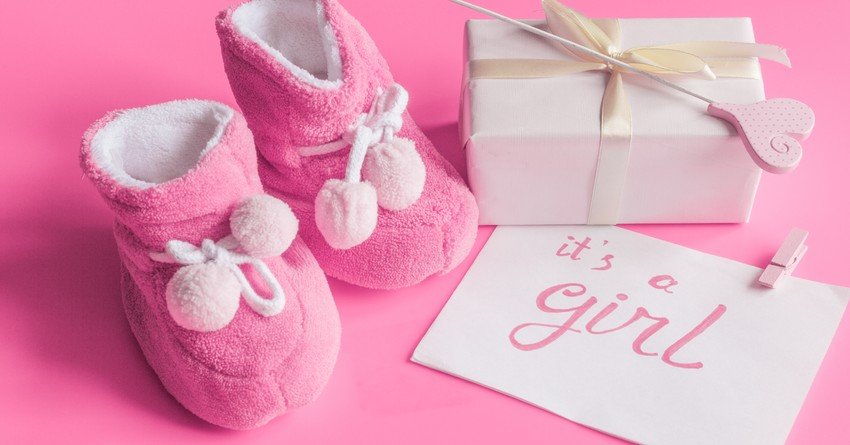
The ability to allow children to choose who they are and what they want without the pressures of societies expectations has bloomed into the consumer market.
Those involved in this new era of gender fluid clothing are reaping the benefits as shoppers join the craze of all things ethical and adjustable.
But are the retailers involved just joining the style because of the sudden demand and therefore expected income, or are they actively concerned about the possible detrimental effects of gender stereotyping on children?
Gender fluidity is defined as something or someone who can switch between the two identified genders, male or female. And gender fluid clothing follows the same rules.
One company at the forefront of allowing kids to wear whatever they want is Wairarapa-based pureplay boutique, Freedom Kids. The ethically manufactured clothes it sells are selected for their non-binary and gender fluid clothing designs. It offers 17 different labels, some Kiwi and some international.
Rachel Hansen, owner and founder of Freedom Kids, thinks there shouldn’t be a gender divide when it comes to kids clothing.
“We decided that it was time someone offered kids an alternative to the highly-gendered, sweatshop-made clothes that currently dominate children’s clothing. It is easy to label kids as soon as they’re born, but this can limit them in life.”
Hansen and her husband Leif have been involved in the distribution of ethical clothing after being perplexed at the lack of gender neutral clothing that was in the market.
“We’ve been in contact with a lot of consumers who are on the same level, and [companies] who are manufacturing more gender fluid clothing as the market demand grows.”
Hansen agrees that SMEs are more likely to offer these types of clothing than the larger chain stores. Consumer demands for gendered clothing are still high.
“The demand for non-binary clothing is still small, but it is growing. As people become more aware of gender fluidity it is likely that there will be more of a market for clothes to match.”
The Freedom Kids business has become more successful in the last year, doubling its amount of online shoppers and extending their brand outwards to meet consumer demands.
SoBeauBaby located in on the North Shore in Auckland is a boutique store that deals mostly with international manufacturers. It takes a different approach with its gender labeling in the online store, sorting its goods into ‘Boys’ or ‘Girls’ categories starting from at 0 months. But the physical store itself is all for fluidity.
The owner and director Rebecca Bradley, who is also a mum, opened the store in March of 2014.
Bradley says she believes gender specific clothing can be restrictive.
“I think this is one part of mainstream children’s fashion that desperately needs to change and sadly hasn’t,” she says. “Even as attitudes in society to gender equality have improved, there is a lot of very apparent gender division within children’s clothing.”
Bradley is an advocate for non-binary clothing, choosing to dress her child and mainly recommends clothes that fit the fluid mark.
“I don’t want kids to feel restricted or characterised by their gender in any way. Non-binary clothing is something we have been involved with from the start.”
Like Freedom Kids, SoBeauBaby only chooses to promote manufacturers of independent brands who share her focus on gender-neutral clothing. Bradley often opting to support brands with an ethical standpoint also.
Although their clothing is sometimes gendered, the store itself and the items they sell for toys and accessories are very non-binary. So how does non-binary rather than gender-solid do better in terms of revenue?
Bradley says that even though it is still popular for mainstream clothing lines to produce gender-categorized clothing, this is based a lot around convenience.
“In terms of a profit margin, the gender-specific clothes will always do a lot better. But that doesn’t mean that the market for more fluid clothing isn’t growing. Big main places will always be specific with their labeling, but that’s just because there will always be a market for it”
So why would gender fluid clothing be more popular to a convenience based society? Possibly because the versatility is larger with gender neutral clothing, often reusable and adjustable.
Businesswoman and mother of three, Diane Kurt, says the greater availability of gender fluid clothing has been useful for her family.
“I think it’s great because it saves a lot of money. Kids grow out of clothes so fast so buying gender neutral clothing means it’s easier to save it for the next one.”
Kurt says she prefers natural clothing and toys, often purchasing from companies that stock non-binary accessories.
“It is refreshing, and I feel like the kids are more open to different experiences when they’re not labeled as one thing or another that might permit them from trying something new.”
The ‘ethical’ angle has been increasingly popular in consumer markets, often being an advertising point for small and large corporations.
“It took me a while to get into it, but now I don’t understand why people would buy non-ethically made products for their children,” says Kurt.
“It’s ironic to want better for your kids while exploiting someone else’s.”




